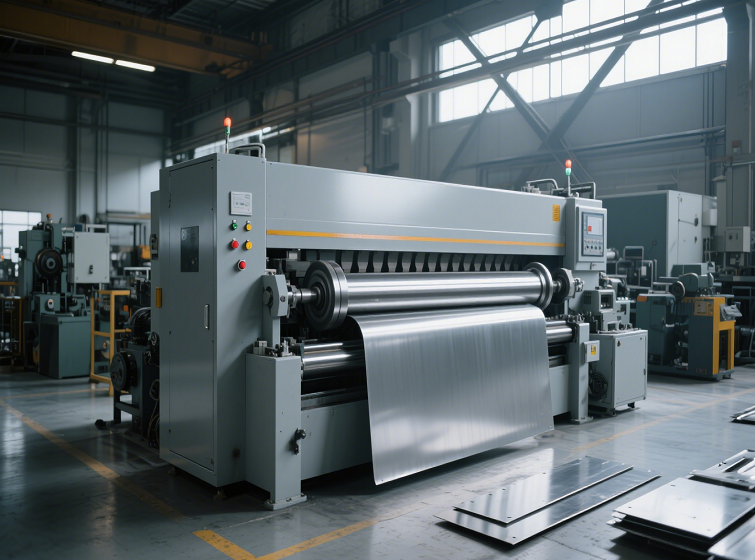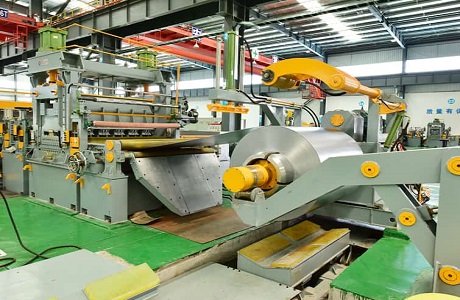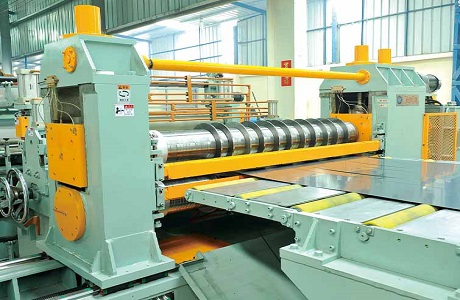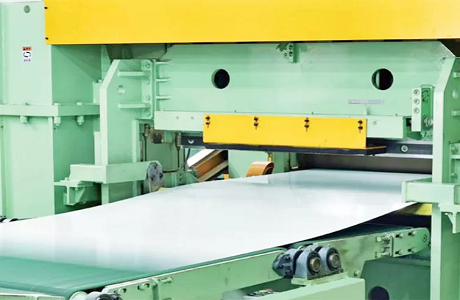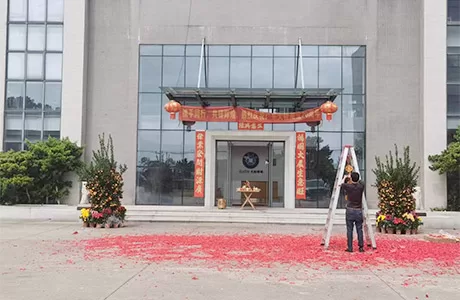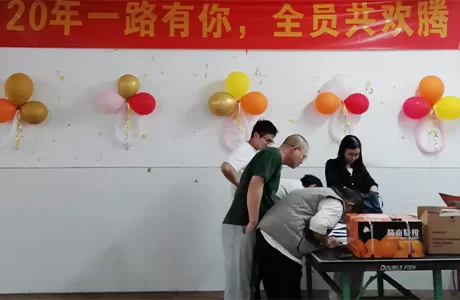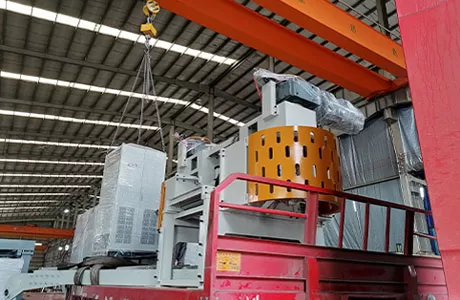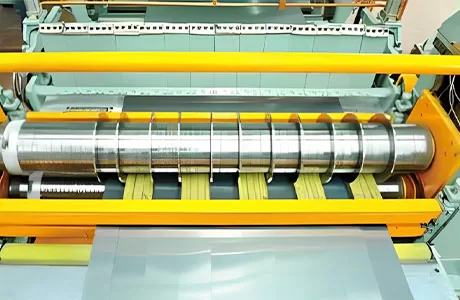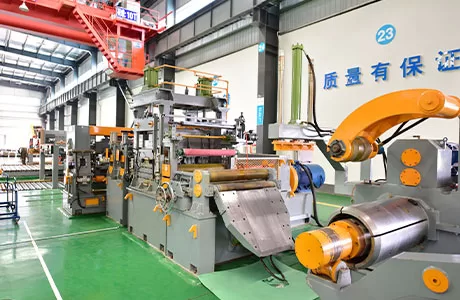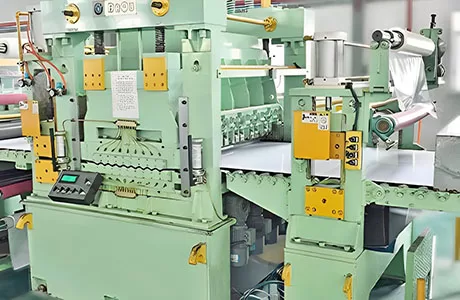How Steel Slitting Line Machines Improve Material Handling
Steel slitting line machines play a crucial role in optimizing material handling processes within steel manufacturing facilities. These advanced machines offer a range of advantages that significantly enhance efficiency, safety, and quality control. This article explores the various ways in which steel slitting line machines improve material handling, transforming the industry’s operational practices.
Automated Slitting Process
One of the primary benefits of steel slitting line machines is their automated slitting process. These machines utilize precision cutters to cut steel coils into narrow strips with minimal manual intervention. This automation eliminates the need for time-consuming and labor-intensive manual slitting, reducing production time and minimizing errors. Furthermore, the automated process ensures consistent cut quality, ensuring that the finished strips meet precise specifications.
Increased Productivity and Efficiency
Steel slitting line machines significantly boost productivity and efficiency in material handling operations. By automating the slitting process and reducing manual labor, these machines enable faster production rates. The continuous operation of slitting lines allows for uninterrupted material flow, minimizing downtime and maximizing throughput. Additionally, the automated processes allow for real-time monitoring and control, enabling operators to optimize production parameters and minimize waste.
Improved Safety
Steel slitting line machines enhance safety in material handling by eliminating hazardous manual operations. The automated slitting process removes the need for workers to handle sharp blades or heavy coils, reducing the risk of accidents and injuries. Moreover, the machines are equipped with safety features such as automatic shut-off mechanisms and emergency stop buttons to ensure operator protection. By safeguarding workers from potential hazards, steel slitting line machines contribute to a safer working environment.
Reduced Material Damage
Traditional manual slitting methods often result in material damage, such as burrs, scratches, or uneven edges. Steel slitting line machines, with their precision cutting capabilities, minimize material damage by producing clean, burr-free strips. The automated process ensures consistent cutting parameters, reducing the risk of edge imperfections. By preserving material integrity, slitting line machines optimize material utilization and minimize waste.
Enhanced Inventory Management
Steel slitting line machines facilitate efficient inventory management by providing real-time data on material usage and inventory levels. The integrated control systems monitor production parameters, track material consumption, and update inventory records. This information enables accurate forecasting and scheduling of production, reducing inventory levels and minimizing production disruptions. By optimizing inventory management, slitting line machines help businesses streamline their operations and reduce costs.
Space Optimization
Traditional manual slitting operations require large spaces for storing steel coils and finished strips. Steel slitting line machines offer compact and space-efficient designs that minimize the footprint required for material handling. The automated processing systems allow for streamlined material flow, reducing the need for extensive storage areas. By optimizing space utilization, slitting line machines enable businesses to maximize their production capabilities within limited floor space.
Conclusion
Steel slitting line machines are indispensable tools for optimizing material handling processes in the steel manufacturing industry. Their automated slitting capabilities, increased productivity, enhanced safety, reduced material damage, improved inventory management, and space optimization make them valuable assets for businesses seeking to streamline their operations, improve efficiency, and enhance quality control. As the industry continues to evolve, steel slitting line machines will play an increasingly vital role in shaping the future of material handling practices.
